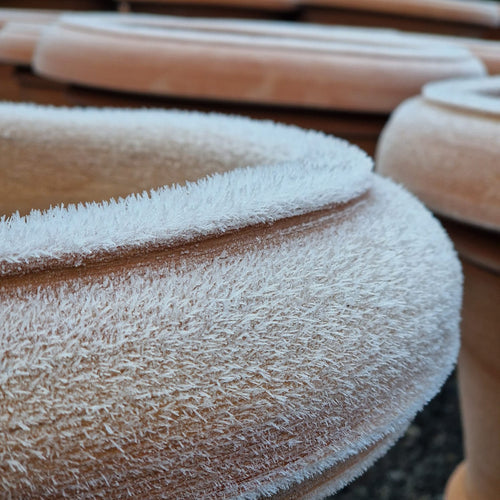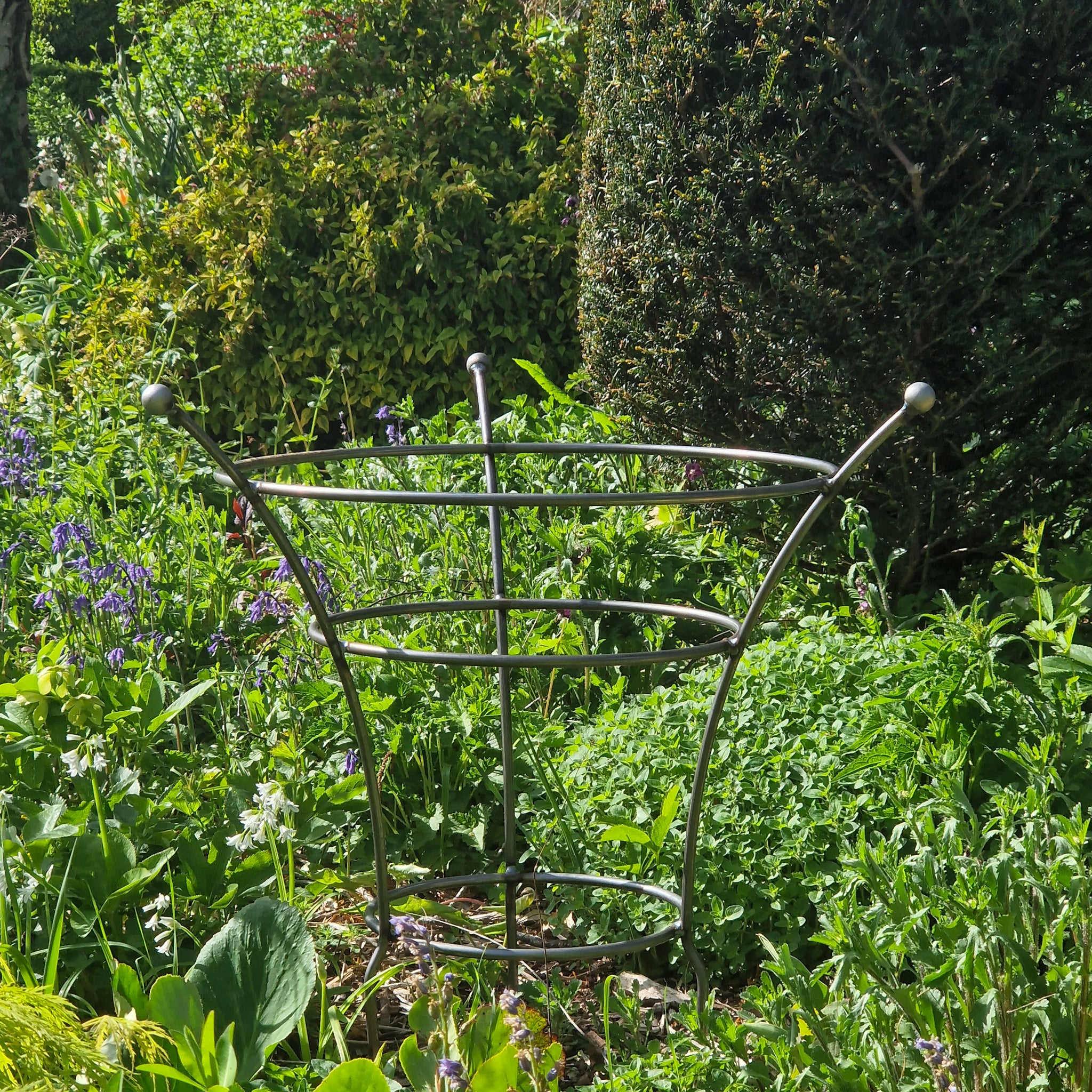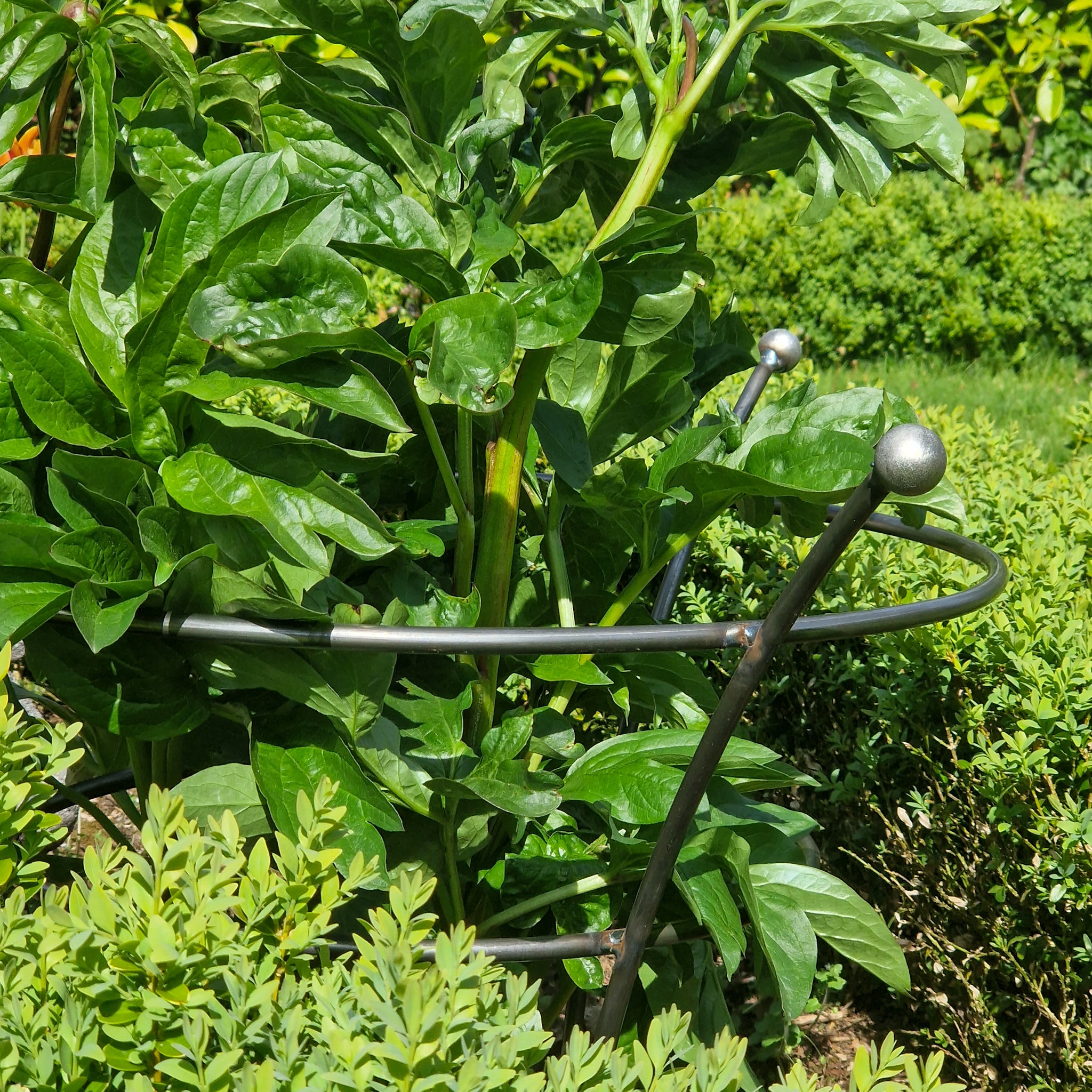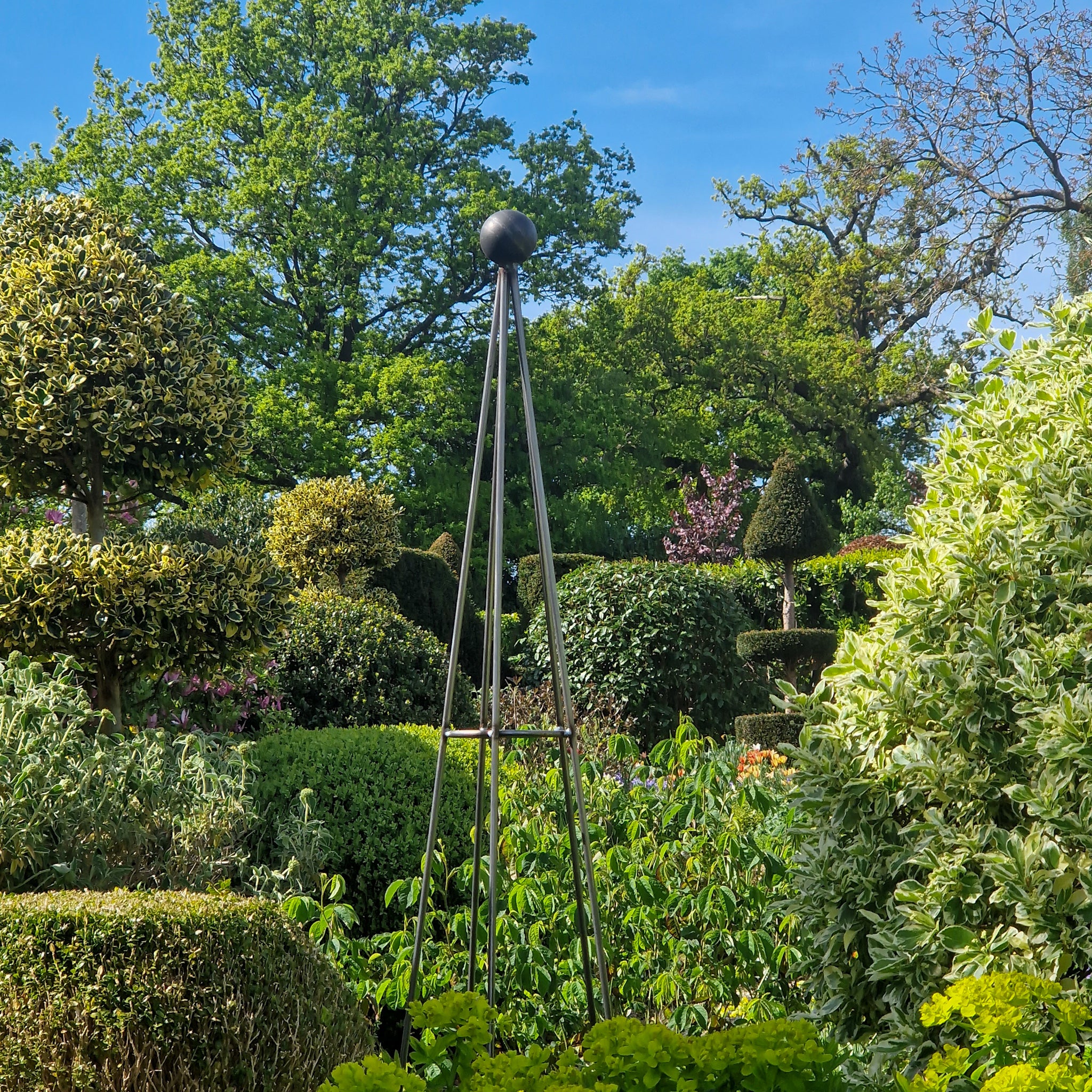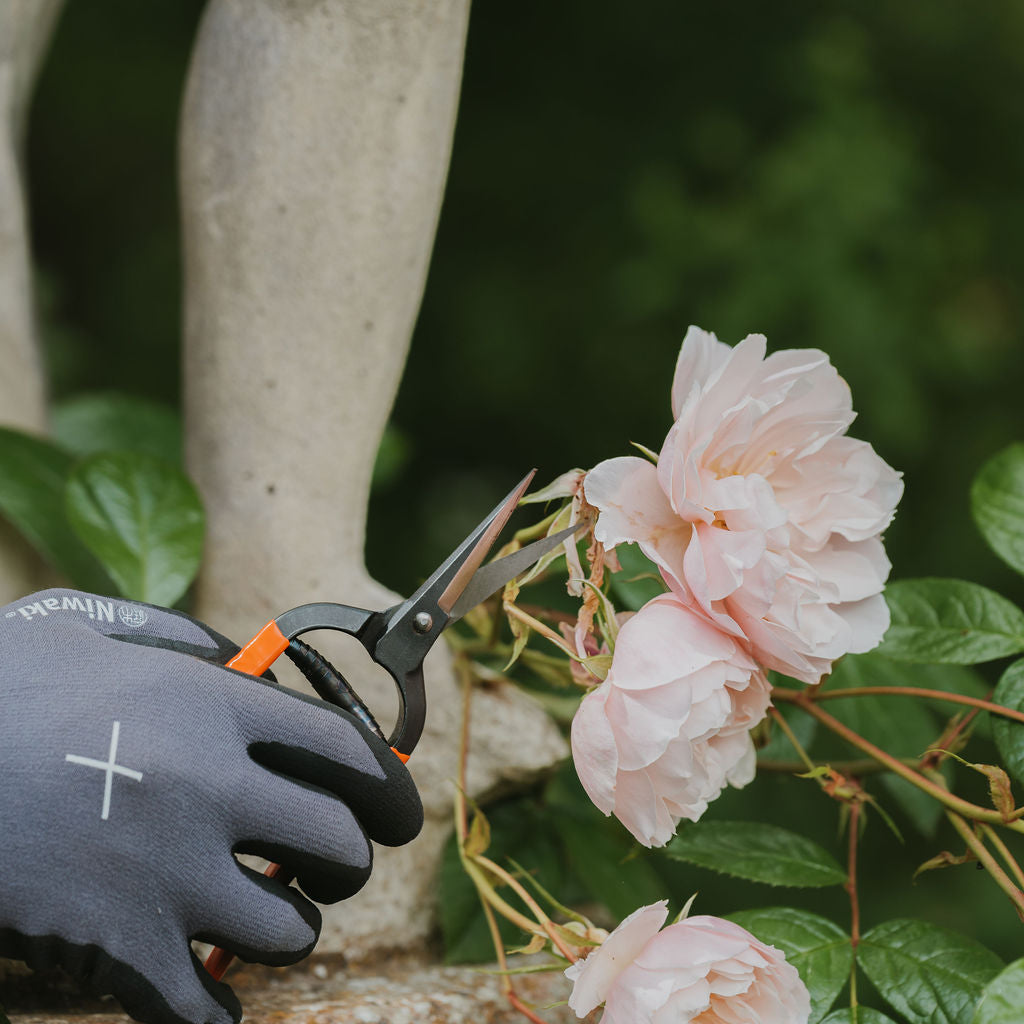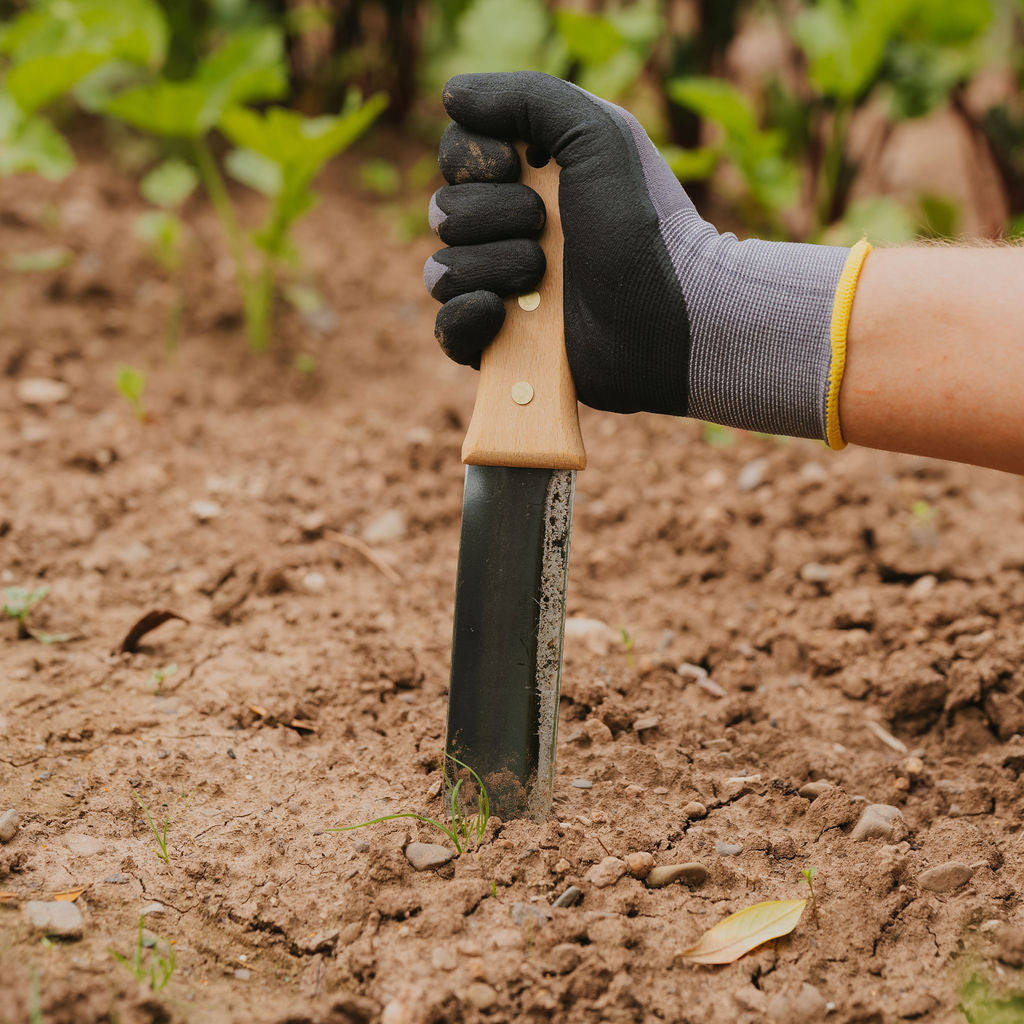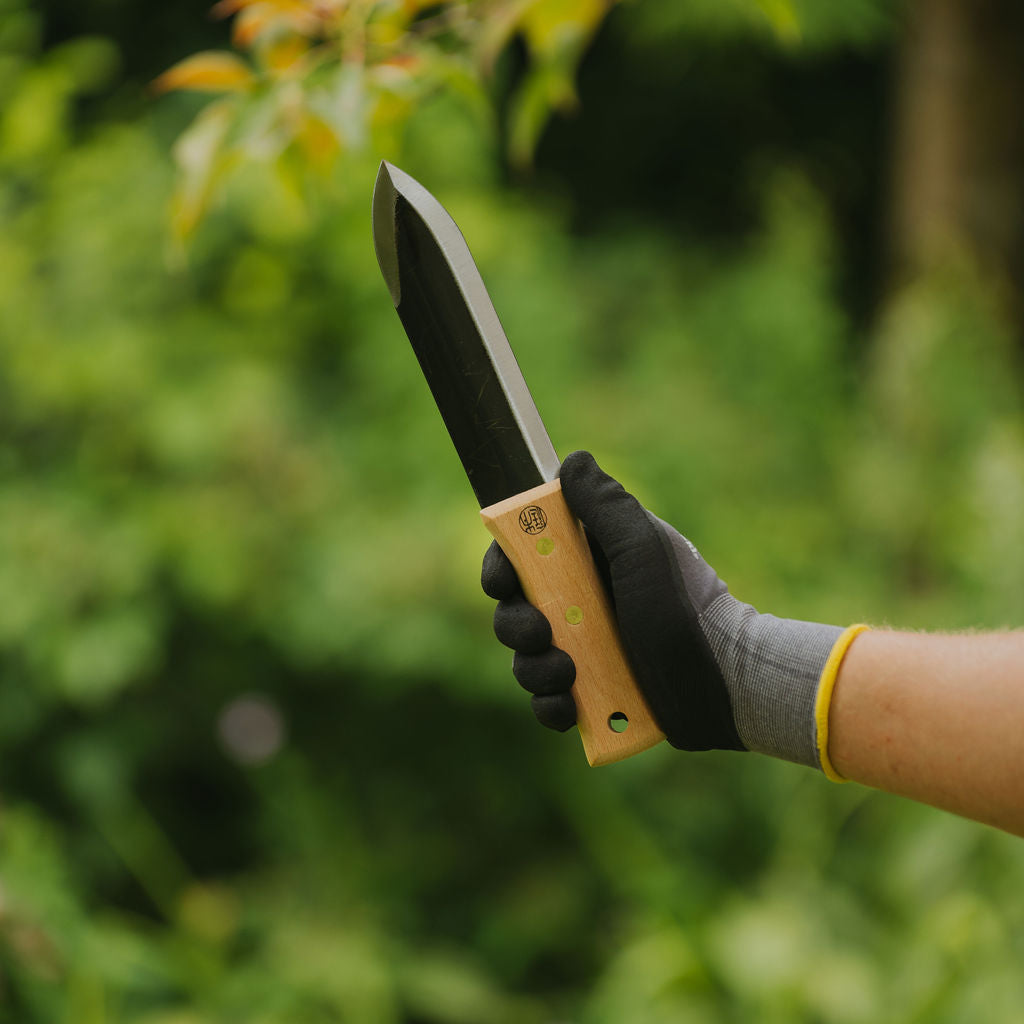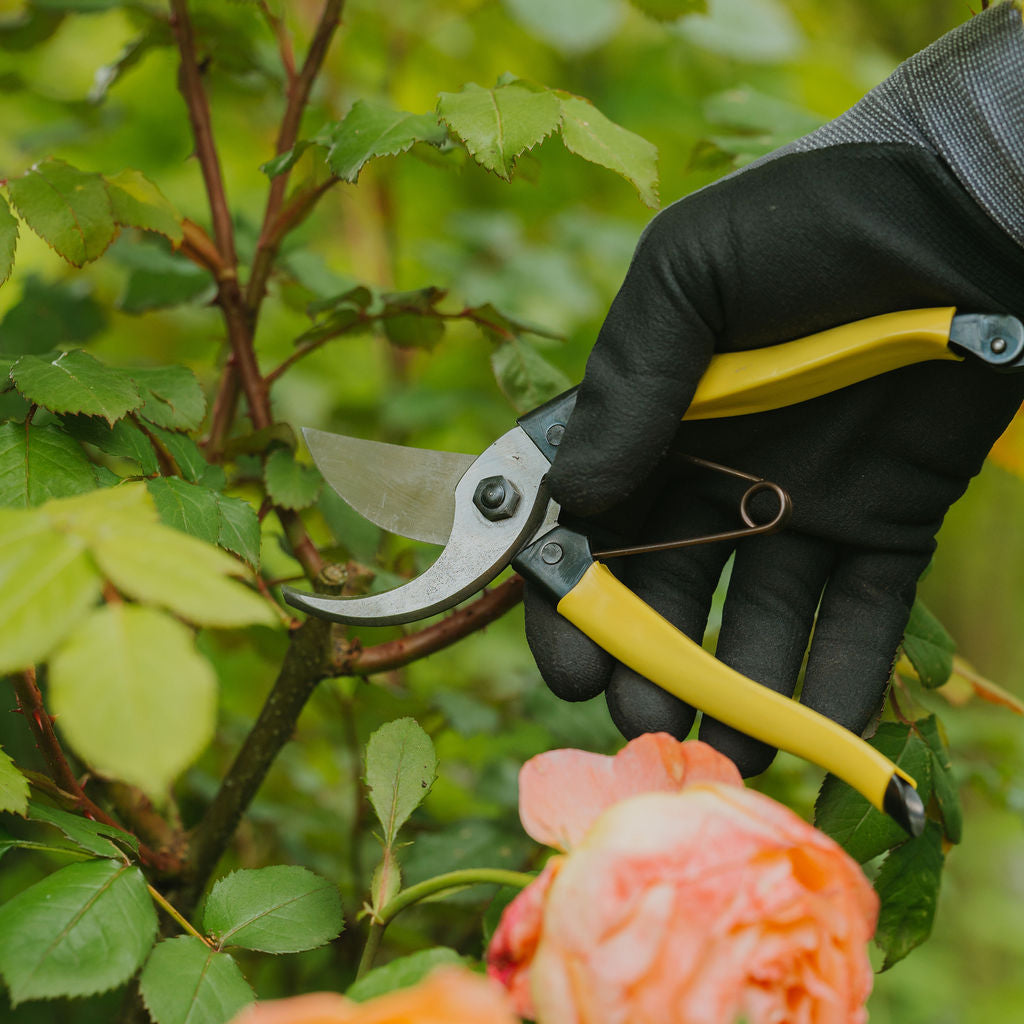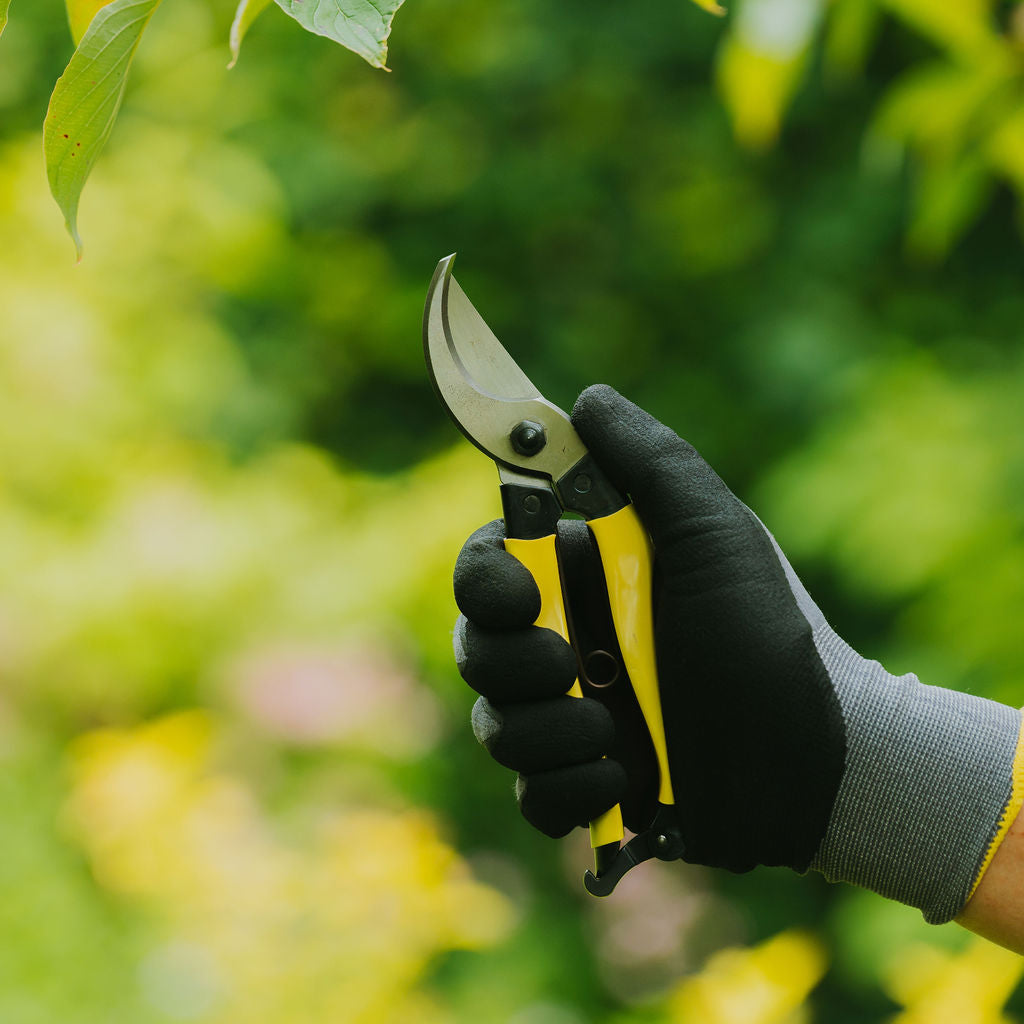Terracotta pots are a timeless choice for gardens, celebrated for their rustic charm and ability to enhance the natural beauty of plants. However, their porous nature and sensitivity to extreme temperatures make them a unique challenge during the winter months. Even though the pots here at Tom’s Yard are hardy things up to -20c, proper watering techniques can ensure that your plants and pots survive and thrive even in the coldest seasons. We’ve teamed up with Andy at Haws Watering Cans to share some of our top Winter watering tips.
First, Lets Understand Terracotta’s Properties
Terracotta is a porous material, which means it absorbs water. While this characteristic helps keep soil well-drained and aerated, it also makes the pots vulnerable to freezing and cracking in winter. When water trapped in the clay freezes, it expands, causing the pot to break or crumble, and this we do not want!
What to Water During Winter
Knowing which plants need watering during winter is essential for maintaining their health. Focus on the following:
- Evergreens: These plants retain their foliage year-round and require consistent moisture to prevent drying out, especially during windy or sunny winter days.
- Dormant Perennials: While these plants are less active, their roots still benefit from occasional watering to prevent dehydration.
- Newly Planted Shrubs and Trees: These plants have underdeveloped root systems and need extra care to establish themselves, even during colder months.
- Winter Bloomers: Some plants, like camellias or pansies, bloom during the winter and require regular hydration to support their flowers.
Don’t forget, container plants are more prone to drying out since their soil has limited insulation and moisture retention compared to ground soil.
Psst - Avoid overwatering succulents or plants that go dormant and prefer drier conditions, such as cacti and certain Mediterranean herbs like rosemary.

How to Water During Winter with Andy at Haws
Watering plants in terracotta pots during winter requires a delicate balance. Here’s how to approach it effectively:
- Water Sparingly: Avoid overwatering. Yes, plants need watering over Winter but as they are less active, they don’t require as much moisture. Allow the soil to dry out slightly between waterings.
- Focus on the Root Zone: Aim for the base of the plant to get hydration directly to the roots, you don’t want to be splashing water on leaves, as this can increase the risk of frost damage, this is where watering cans are much better than hoses as you control the watering (especially if you remove the rose!)
- Check Drainage: You don’t want water to pool as this can freeze and damage your plants and your pots so make sure those pot have adequate drainage holes to prevent water from pooling. If drainage is an issue, consider repotting or adding crocks to the bottom of the pot.
- Adjust Frequency Based on Conditions: Not ever winter or every day in Winter is the same so during milder winters, you may need to water more frequently than during prolonged freezes. Adapt your schedule to suit the weather.
- Water Early in the Day: Watering in the morning allows excess moisture to evaporate during the day, reducing the risk of freezing overnight. This practice also ensures that plants have adequate hydration to withstand cold temperatures.
Andy’s top tip. Use Warm or Room-Temperature Water - Cold water can shock plant roots, especially during frosty weather. Use slightly warm or room-temperature water to minimize stress on your plants.

You can find Haws Watering Cans on their website and lots of amazing resellers, if you’re looking for a watering can that will stand the test of time then you need to invest in one of these beauties.
Then don’t forget to give your garden the best chance and pick up a -20c Tom’s Yard terracotta pot, imported from Italy and Crete.


